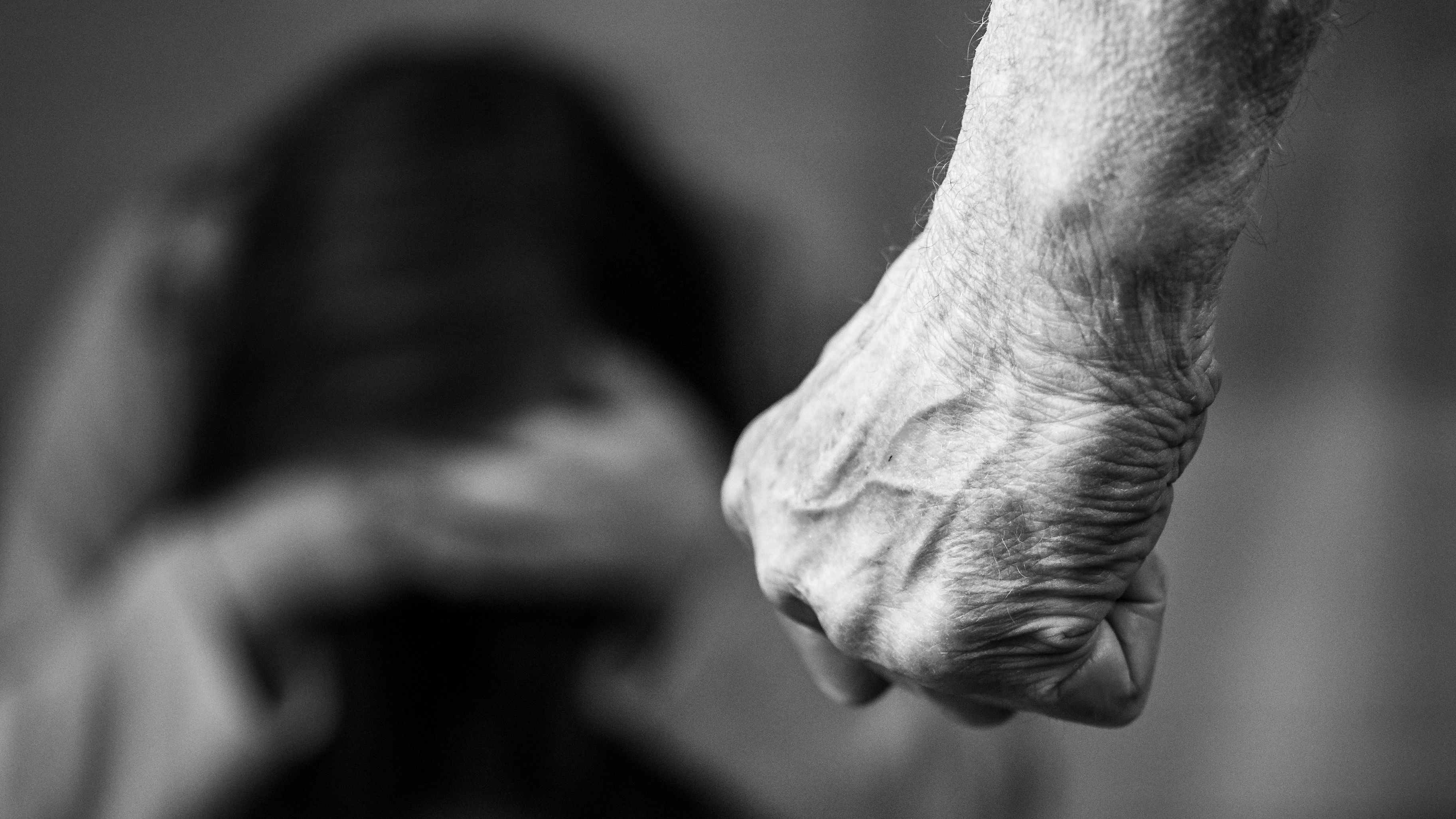
Representative image of assault.
Credit: iStock Photo
Violence in any form is inhumane. Domestic violence undermines the inherent value of women as individuals. It takes many forms, such as marital assault, conjugal violence, intimate violence, and more. The intent behind domestic violence is to exert control over the wife or female partner through physical, economic, or psychological domination.
Domestic violence is a pattern of behaviour in relationships used to gain or maintain control over an intimate partner. It often involves one household member using force and intimidation against another. While typically directed at women by husbands or relatives, it is important to acknowledge that men and transgender individuals can also be victims.
India has recognised domestic violence as a criminal offence since 1983 under Indian Penal Code 498-A. With the enactment of the Protection of Women from Domestic Violence Act 2005, a comprehensive definition of domestic violence that covers all forms of physical, emotional, verbal, sexual, and economic violence was adopted.
Key forms of domestic violence include, but are not limited to:
Physical violence: This involves the use of physical force with the intent to cause injury or harm to the spouse, including a pattern of assaultive or coercive behaviour such as slapping, punching, or hitting with the use of a weapon.
Emotional and psychological violence: mental harassment, coercion, intimidation, and threats of physical harm.
Sexual violence: Coerced sex through manipulation or threats, and physically forced sexual assaults.
Economic violence: Controlling all of the family’s economic resources such as money, food, and clothing and excluding the partner from all financial decision-making.
According to UNICEF, violence against women is a global issue that transcends culture, class, education, income, ethnicity, and age. Although most societies prohibit this violence, women's rights are frequently violated under the guise of cultural norms or misinterpreted religious beliefs. Often, when this violence occurs at home, it is quietly overlooked due to silent acceptance and a lack of enforcement.
A primary cause of domestic violence is the belief that men have proprietary rights over women and girls. This is reinforced by Indian society’s strong religious and traditional norms that advocate male dominance and the isolation of women, which contributes to increased violence. Additionally, a lack of awareness about legal rights among poor and illiterate women allows male family members to subjugate them.
Data from the National Family Health Survey by India's Ministry of Health and Family Welfare shows that 29.3% of women aged 18-49 have faced spousal violence. In 2022, the National Crime Records Bureau reported 140,019 cases of cruelty by husbands or relatives, 13,479 cases under the Dowry Prohibition Act, and 468 cases under the Domestic Violence Act. Alarmingly, there were 6,450 dowry-related deaths.
The Protection of Women from Domestic Violence Act is one of the landmark laws that was passed in 2006 to tackle this problem. The Act, in theory, goes a long way in protecting women in domestic settings. The Act deals with all forms of domestic violence that are not addressed in the Indian Penal Code (498-A IPC).
To safeguard women against domestic violence, legal remedies may not be sufficient. There is a need to strive for the transformation of societal beliefs and practices. Some measures that can prevent or reduce all forms of domestic violence are as follows:
Strictly enforce sections of the Indian Penal Code and Domestic Violence Act to punish offenders and protect victims. Encourage attitudinal changes to dismantle patriarchal societal structures, which contribute to violence.
Promote female education and empowerment to reduce women's vulnerability at home.
Provide prompt and effective legal aid to victims of domestic violence, especially those who are uneducated or economically disadvantaged.
Offer gender perspective training to all officers in the criminal justice system, as well as medical and rehabilitation officers handling domestic violence cases.
Conduct widespread awareness campaigns with the help of non-government organisations, communities, religious leaders, and opinion makers to counter domestic violence.
Encourage social activists and individuals to use art and literature to protest against violence towards women.
The above measures are not exhaustive, and sustained efforts are needed to transform society towards gender equality. Merely implementing acts and laws is not enough. Government agencies, volunteer organisations, social activists, and the media must work together to educate and economically empower women, helping prevent and eliminate domestic violence.
(The writer is Director General of Police, CID, Economic Offences and Special Units, Bengaluru)